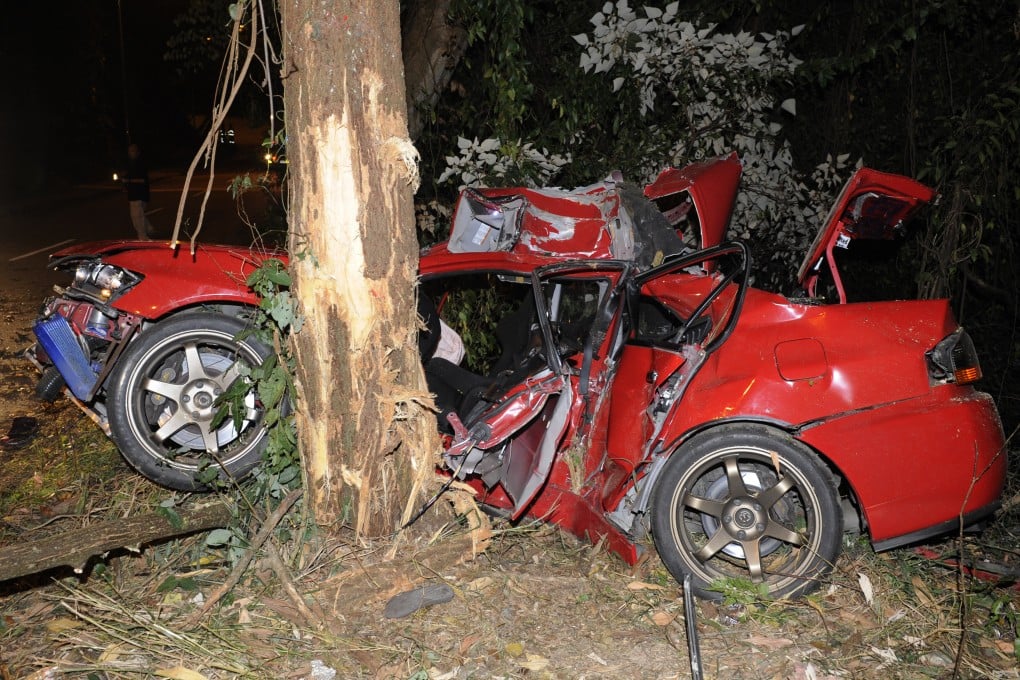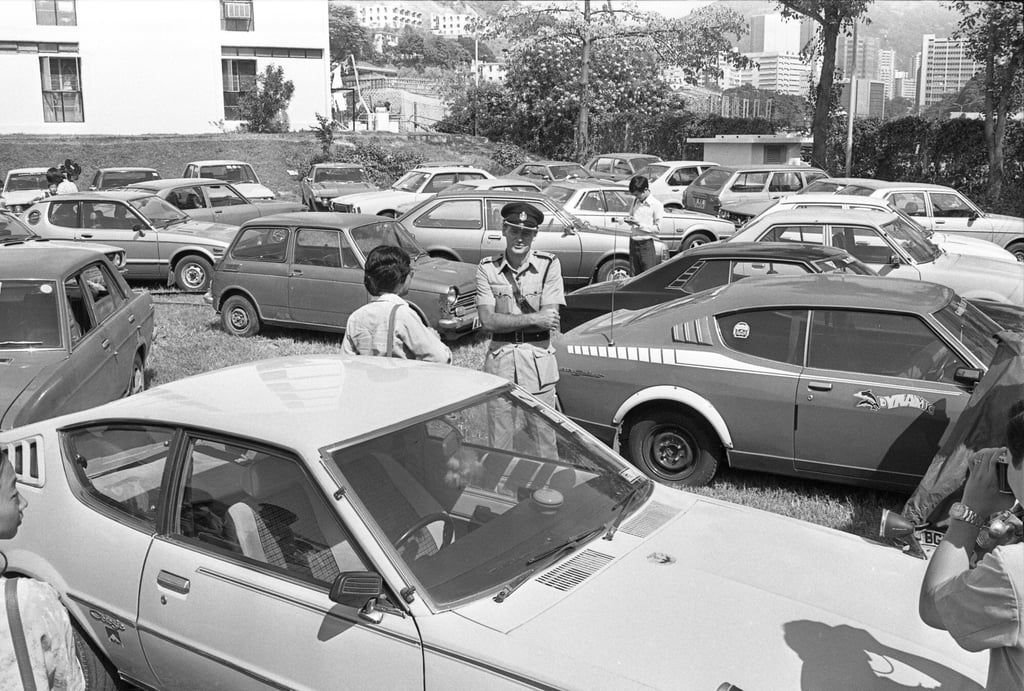Then & Now | 100 years of illegal street racing in Hong Kong and police still can’t stop it – what do soldiers of China’s PLA subject to nightly aural assault think?
- Hong Kong’s first hooligan motorists favoured Shek O Road and the old Tai Po Road, which remain popular with today’s testosterone-fuelled louts
- Route Twisk, another black spot, is home to our local People’s Liberation Army garrison, who shouldn’t have to tolerate their sleep being rudely interrupted

Recent multiple deaths in Hong Kong’s road-racing black spots, most shockingly on Bride’s Pool Road, in Tai Po, have brought a perennial issue back into the spotlight. Make no mistake, “road racing” – driving well beyond the legal speed limit – has frequently tragic consequences.
As far back as the 1920s, almost as soon as engines capable of high speeds on winding mountain roads had been developed, Hong Kong had acquired its first hooligan motorists. Pre-war road-race locations – Shek O Road and the old Tai Po Road – remain popular with today’s testosterone-fuelled louts. As road networks steadily extended, and the first multi-lane highways were constructed, the incidence of road racing, and consequent multi-vehicle pile-ups and fatalities, exponentially grew.
On my afternoon drives up Tai Mo Shan, spotting which crash barrier or stone wall bears evidence of some recent high-speed impact is a regular diversion. Every so often, painfully fresh fragments of newly mangled vehicles can be seen, in the form of off-scoured front ends and hub caps left behind at the scene. Frantic-looking skid-mark patterns at key points on the road are scary reminders of other people’s near misses.
Personal observation of motorcycle road racers on Route Twisk over many years, however, suggests most speed demons are accustomed to regularly driving high-powered vehicles; many would also appear to have attended “safe speeding” courses, and learned other highly skilled road-handling techniques.

Inevitably, the question arises unbidden: exactly where – or in the course of what “day jobs” – were these talents first acquired, and then kept in such effective practice afterwards?

